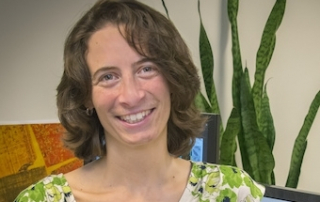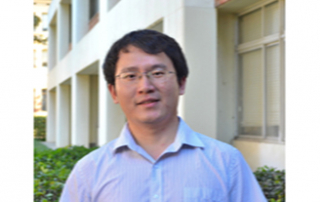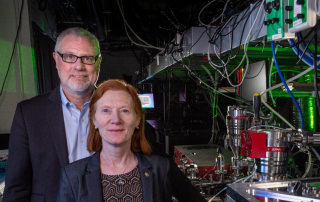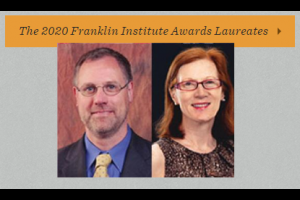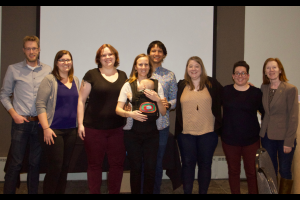Four UCLA faculty members awarded 2020 Sloan Research Fellowships
Rodriguez, an assistant professor of chemistry and biochemistry in the UCLA College, develops and applies new scientific methods in bio-imaging to determine, and provide a deep scientific understanding of, cellular and molecular structures and reveal undiscovered structures that influence chemistry, biology and medicine. His research combines computational, biochemical and biophysical experiments. His laboratory is working to explore the structures adopted by prions — a form of infectious protein that causes neurodegenerative disorders. Prion proteins, like the amyloid proteins associated with Alzheimer’s disease, form large clumps that damage and ultimately kill neurons in the brain. Among his awards and honors, Rodriguez won a 2019 Packard fellowship for Science and Engineering by the David and Lucile Packard Foundation; a 2018 Pew scholar in the biomedical sciences, a 2017 Searle Scholar and a 2017 Beckman Young Investigator by the Arnold and Mabel Beckman Foundation.


